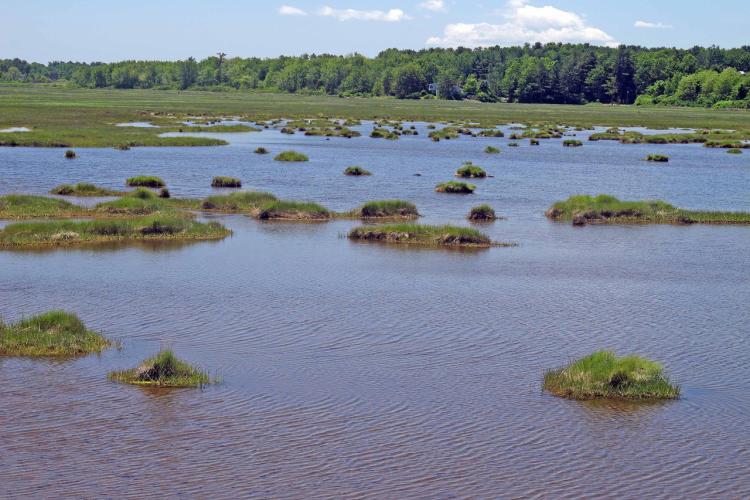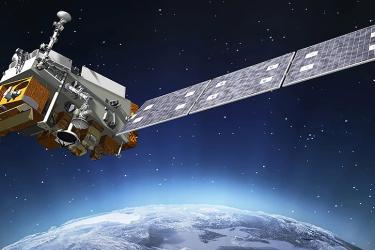Water, Water Everywhere
A watershed is an area of land that channels rainfall, snowmelt, and runoff into a common body of water. The term “watershed” is often used interchangeably with “drainage basin,” which may make the concept easier to visualize. The easiest way to envision a watershed is to think of a bowl. Any water at the high points of the bowl will flow to the lowest point, no matter how big the bowl is.
A watershed can encompass a small area of land that drains into a trickling creek. It can encompass multiple states in the Midwest, all draining into the Mississippi River. Or it can encompass multiple countries draining into the Atlantic Ocean. No matter where you are standing or sitting right now, you are in a watershed.
Water is constantly in motion, be it via ocean currents, precipitation, or slowly moving through underground aquifers. Any given watershed is part of the larger whole of our global water supply.
Smaller watersheds can make up larger watersheds. The Mississippi River has many tributaries (each of which has its own watershed), and in turn empties into the Gulf of America (formerly Gulf of Mexico), which connects to the Atlantic Ocean. The U.S. Geological Survey delineates our nation’s watersheds as “Hydrologic Units,” which are assigned hydrologic unit codes. These can range in scale from expansive water resource regions covering millions of square miles down to tiny local tributary systems. There are 90,000 hydrologic unit codes designated nationwide.
Watershed Management and Habitat Protection
Of the global water supply, greater than 97 percent is saltwater. The vast majority of freshwater is locked up in glaciers or ice caps, trapped deep underground, or circulating in the atmosphere. That leaves us only 0.5 percent to use at any time. Percolation, the movement of water through soil, is a critical part of the water cycle for its ability to act as filtration. Permeable surfaces (those through which water can move) are necessary for percolation.
As we build communities and increase our infrastructure, we are adding a significant amount of impermeable surfaces (such as asphalt, concrete, and steel) that do not allow water through. NOAA works to protect critical marine and coastal resources, including habitat. Wetlands (including salt marshes) are important natural filtration systems, removing excess nutrients and pollutants from the water. They are just one of the many habitats that we work to protect. By preserving our natural resources from overdevelopment, we protect the animals that call those spaces home. We also ensure critical water resources remain in pristine condition for human use.





